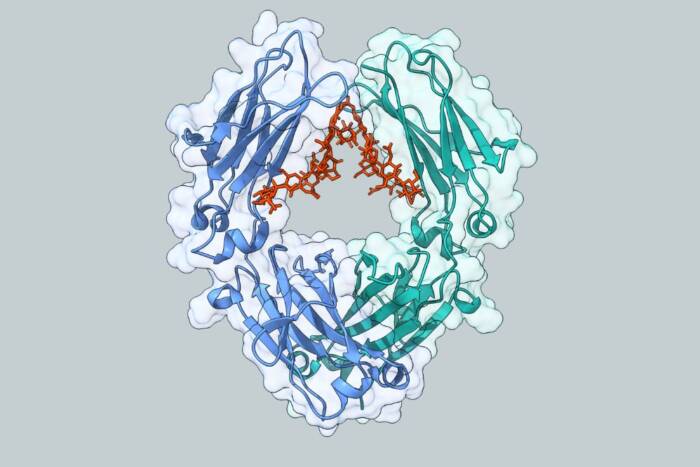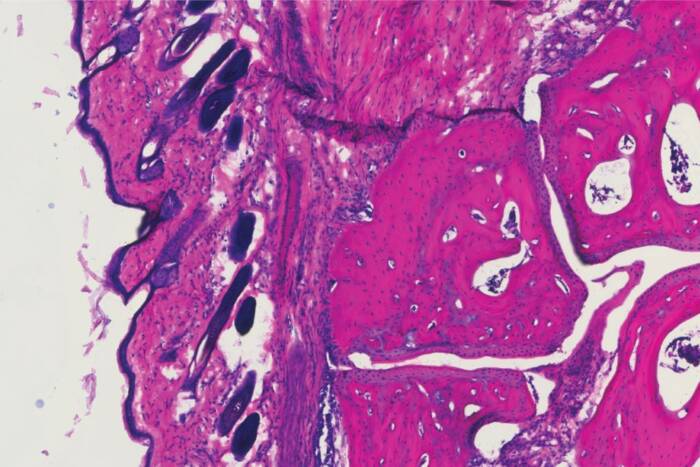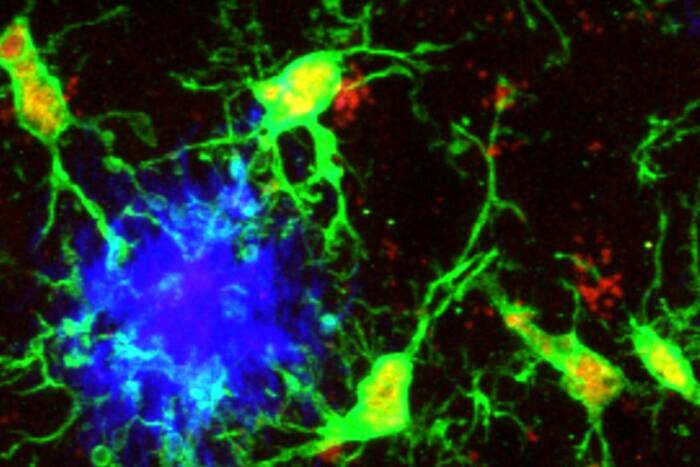Sourabh Banerjee
B.Sc., St. Stephen’s College, University of Delhi
M.Sc., Indian Institute of Technology
Studies of G Protein Coupled Receptors Incorporated into a Novel, Nanoscale,
Membrane-mimetic System
presented by Thomas P. Sakmar
Sourabh Banerjee joined my laboratory in 2004 as a graduate student in the Tri-Institutional Program in Chemical Biology. A native of India, Sourabh’s earlier educational background and training were exceptional — St. Stephen’s College and the India Institute of Technology in New Delhi. Coinciding roughly with Sourabh’s arrival, I was becoming frustrated. Although we were making good progress studying a particular class of cell membrane receptors called heptahelicals, I was worried that we were missing the point. Our strategy was to remove the receptors from the membranes and purify them in detergents. The detergents used to purify the receptors are remarkably similar to ordinary household detergents and soaps: Like Scrubbing Bubbles, the lab detergents clean away everything but the receptors, which are proteins.
But we had more and more information that the protein receptors must interact with the lipids and fatty acids in the membrane bilayer to function normally. Receptors just don’t like to be “squeaky clean.” Sourabh took up the question of finding some new way to purify and study receptors without cleaning away the membrane lipids — not an easy problem. He scratched his head, went back to first principles and noted that our own bodies solved a similar problem when they evolved a class of proteins called lipoproteins, proteins that essentially wrap around lipids like a belt to form a kind of disc-like structure.
He went on to clone and characterize a novel lipoprotein gene and he used it to create what he called NABBs, or nanoscale apolipoprotein bound bilayers. He showed that he could rapidly purify heptahelical receptors using NABBs, and that the receptors, which were now trapped inside NABB nanoparticles, were stable and functioned normally. He even took snapshots of the NABBs with an electron microscope. Sourabh’s new NABB technology will have a huge impact on studies of membrane receptors and channels, which are targets for nearly one-quarter of therapeutic drugs. At least 50 labs are now using NABBs, or some pirated version, and they might even make it to the research equivalent of mass production — namely, they might be available in a prepackaged kit. It is exceptional for a student to produce and validate a new technology.
On a personal note, Sourabh is the kind of rare individual who never seems to have a bad day — always enthusiastic, never complaining, always eager and energetic. Sourabh is also one of the most Web-connected people I know; he networks, Googles, blogs, posts, Twitters, profiles, streams, reviews and lists. He became a top-10 “CNN Newsmaker” in 2006 when he posted a live video feed of the small plane crash here in Manhattan on 72nd Street (many of you probably watched Sourabh’s feed), and he was interviewed at length about his experience for the CNN Newsmakers annual awards show. Sourabh is now a postdoctoral fellow at Weill Cornell Medical College and he and his wife Mansi would like to make London their next stop.



